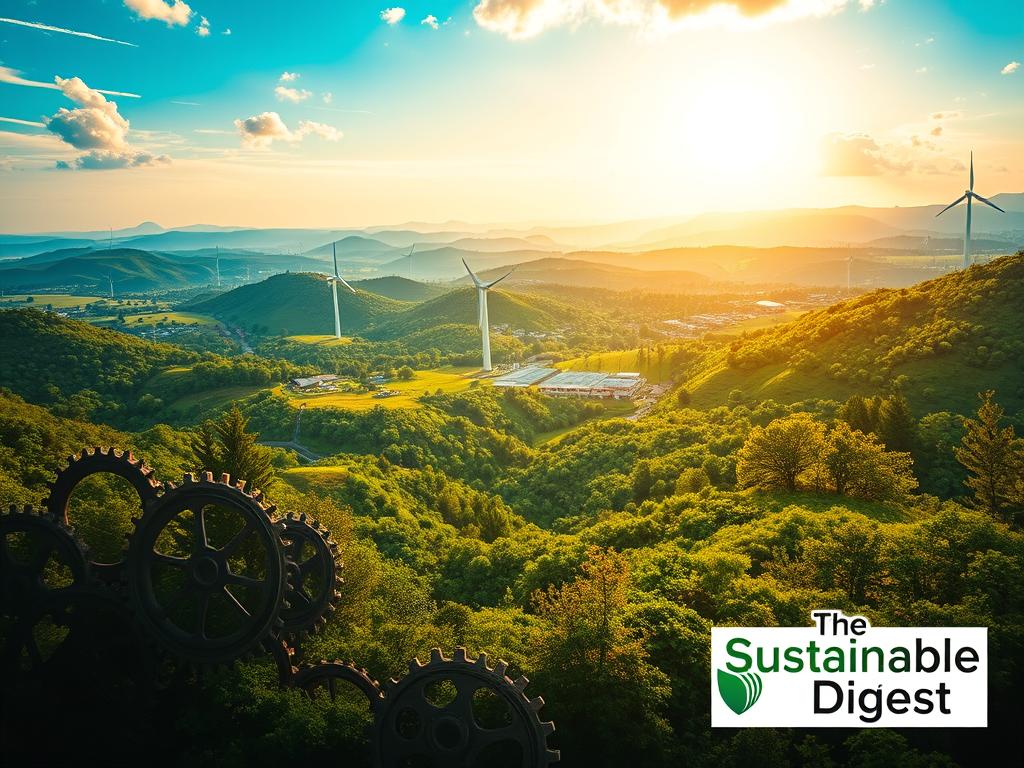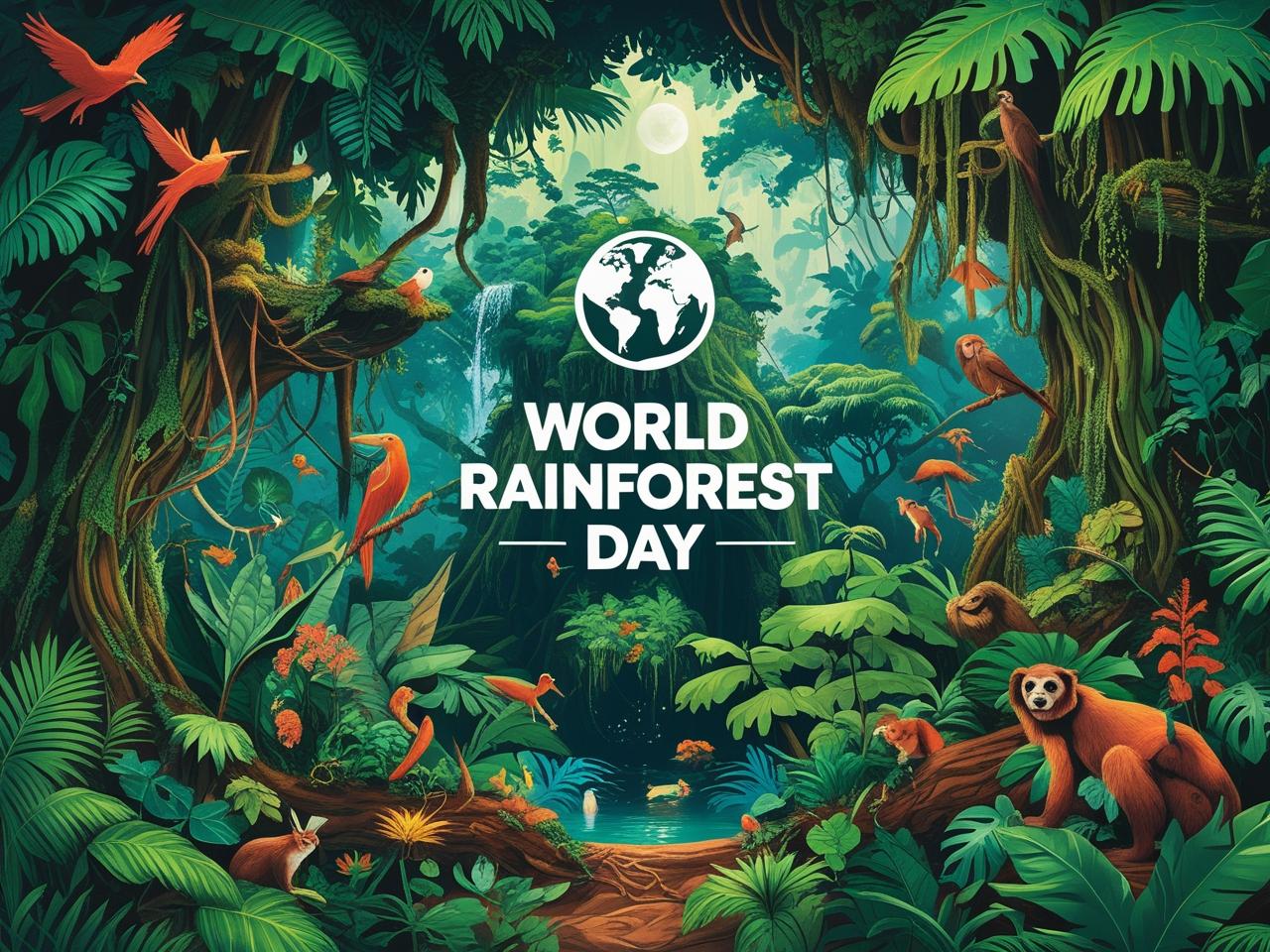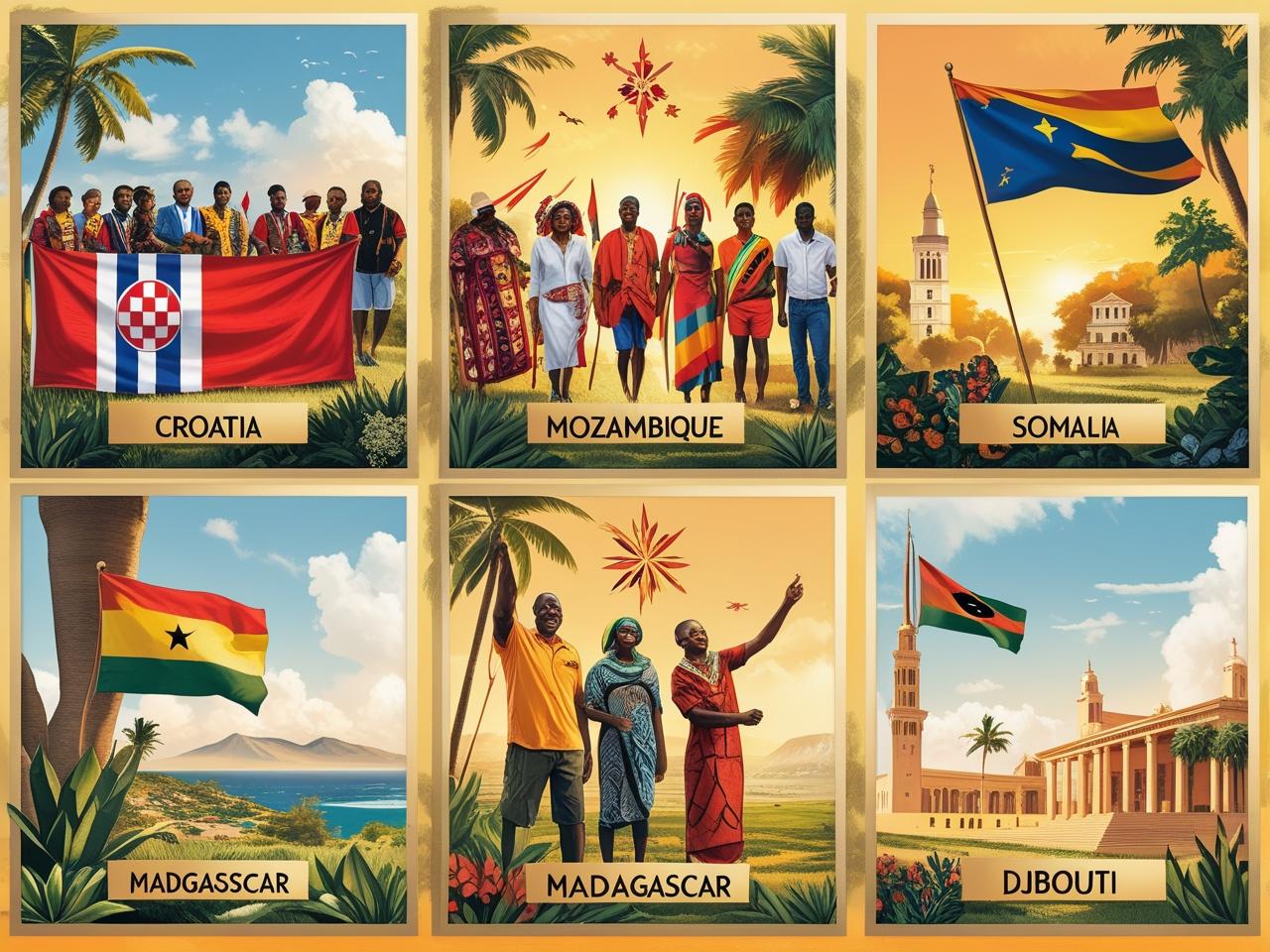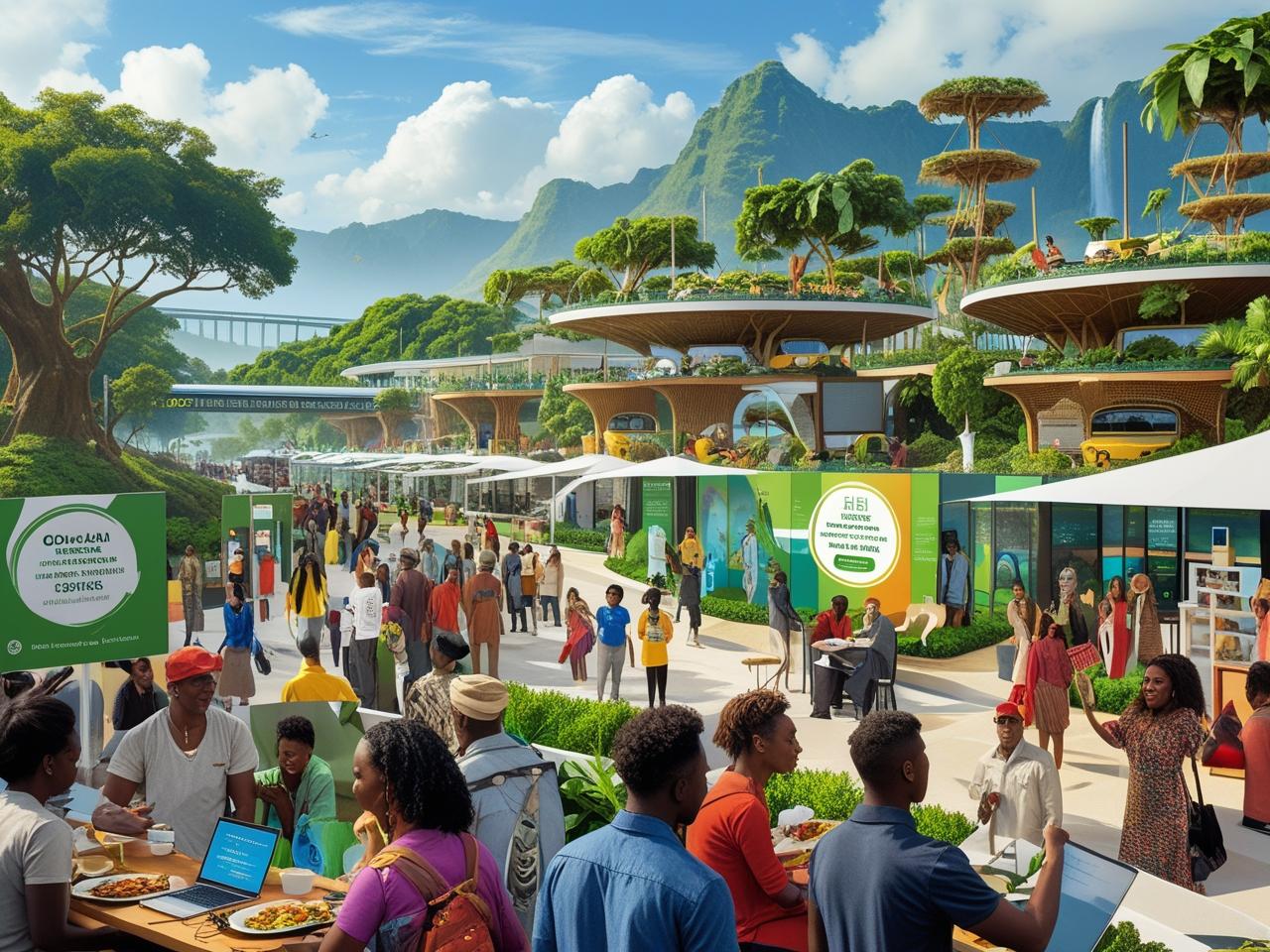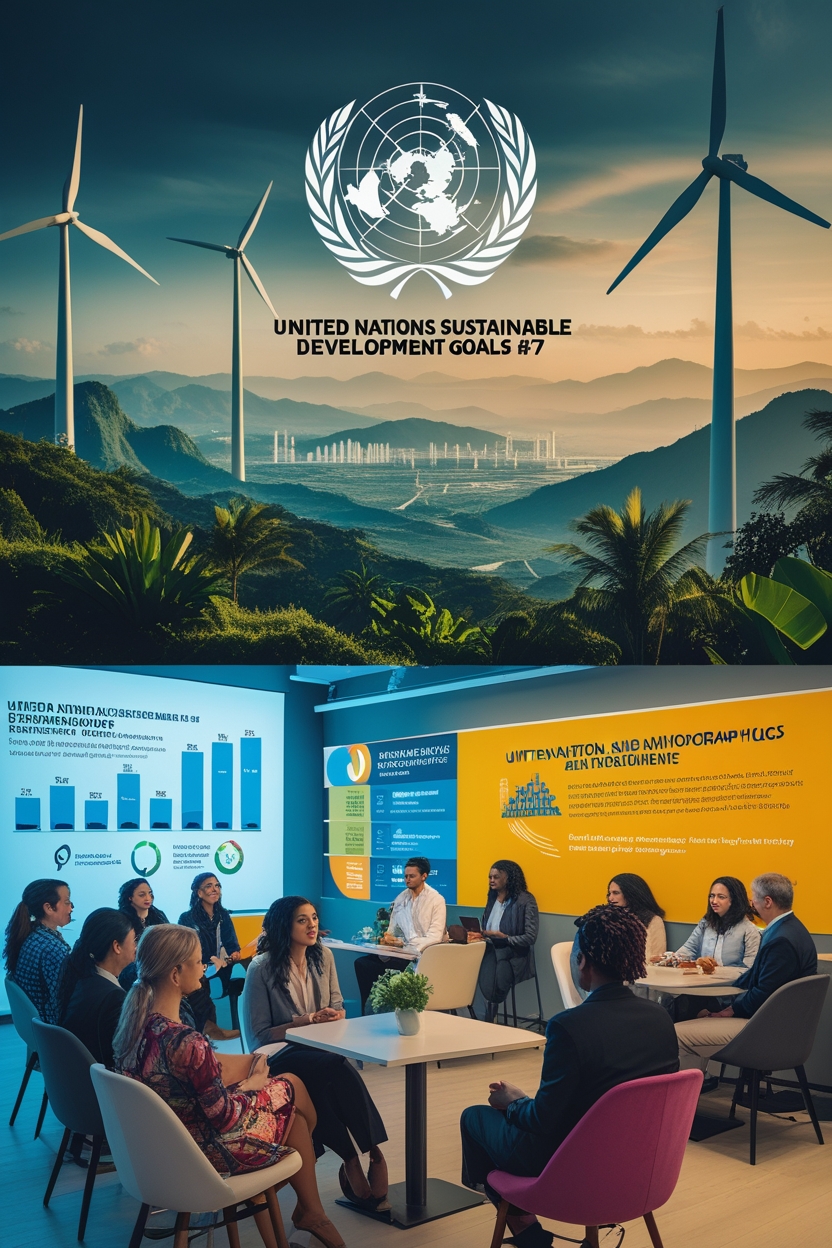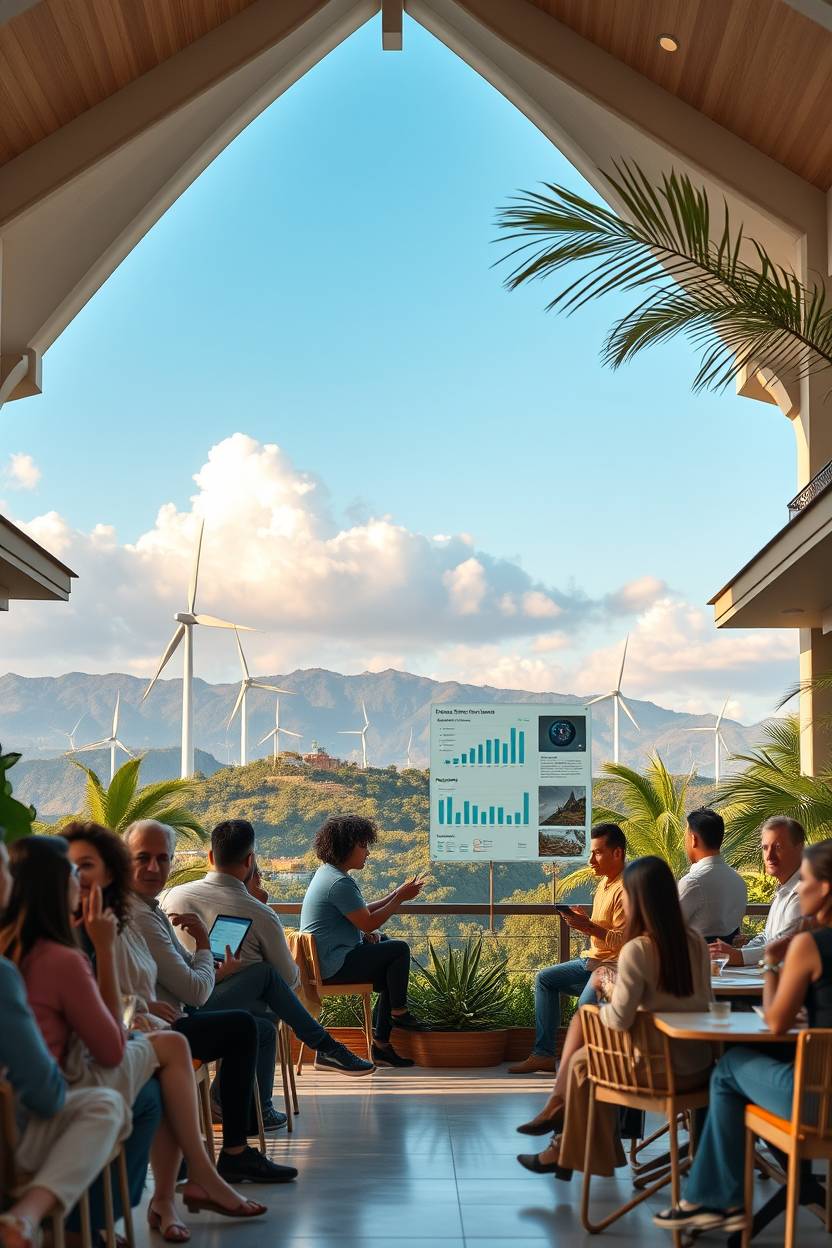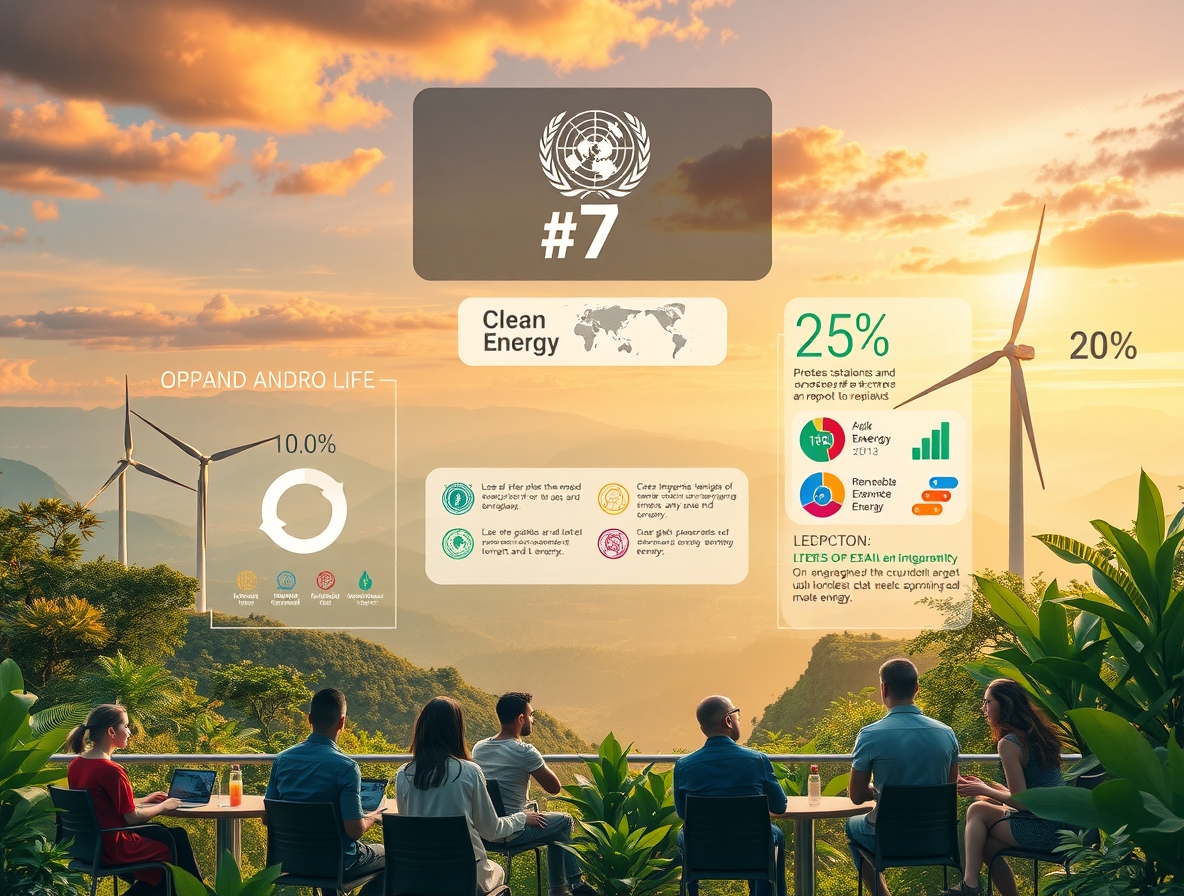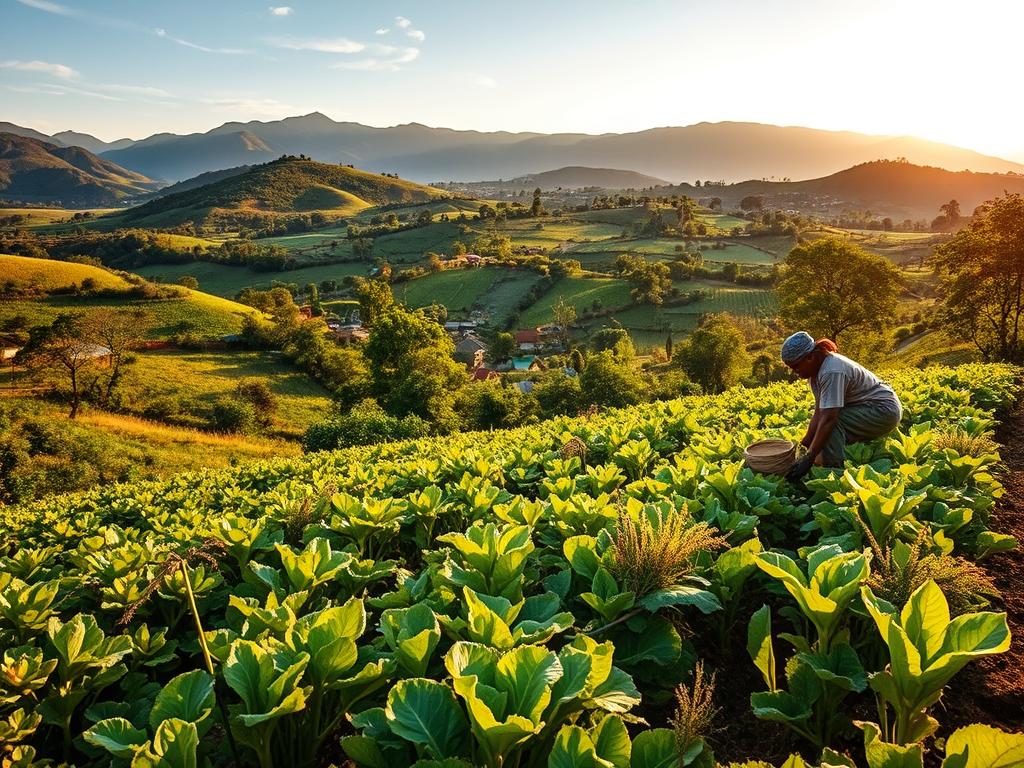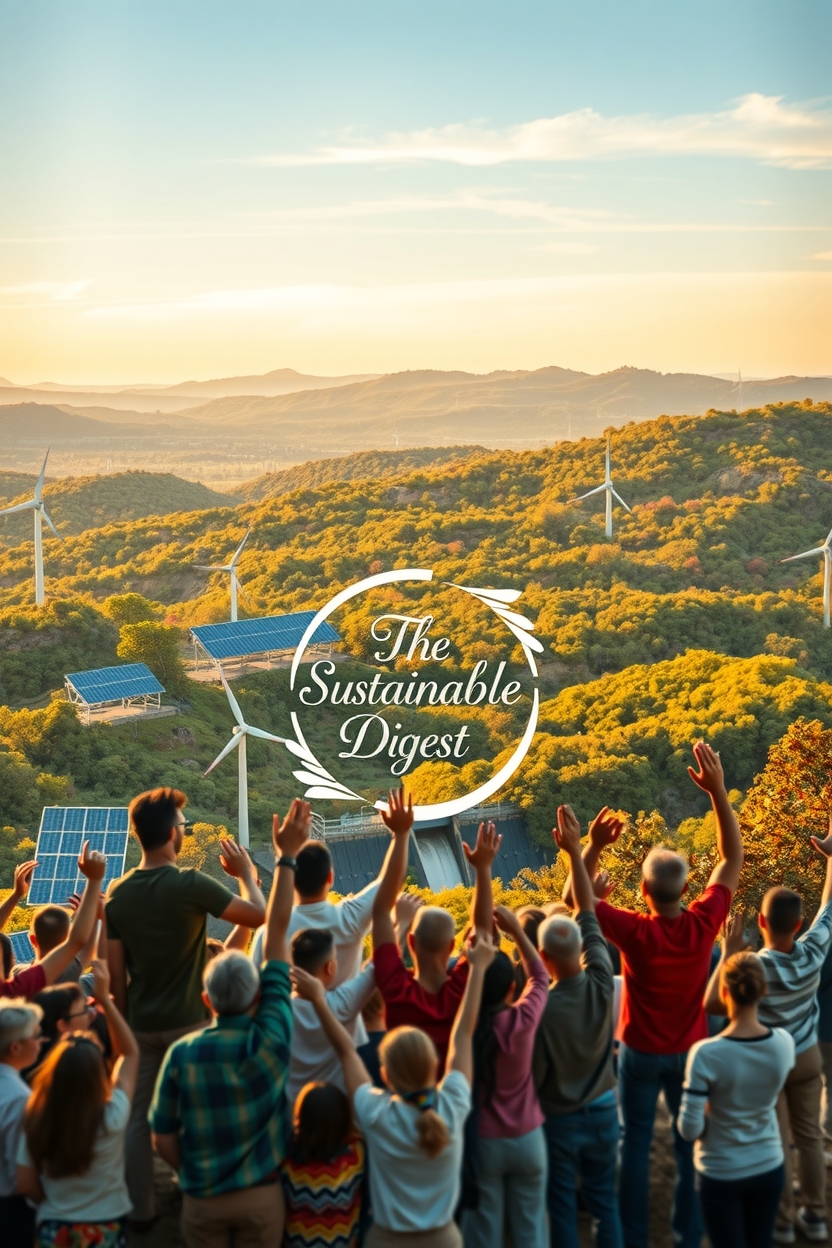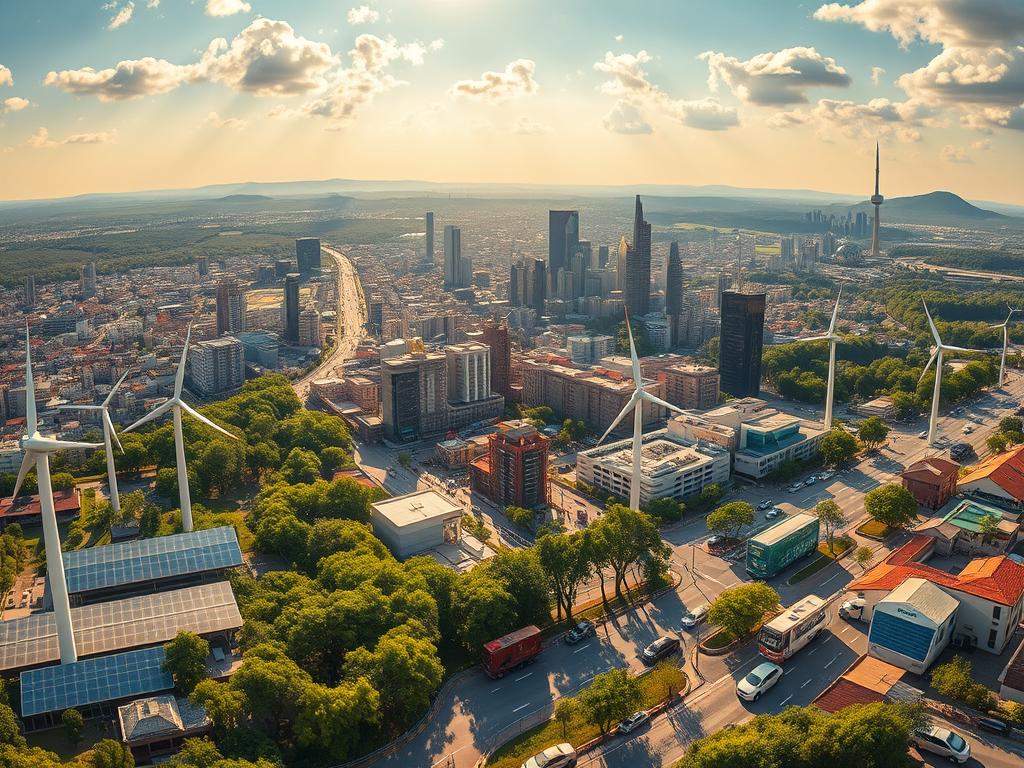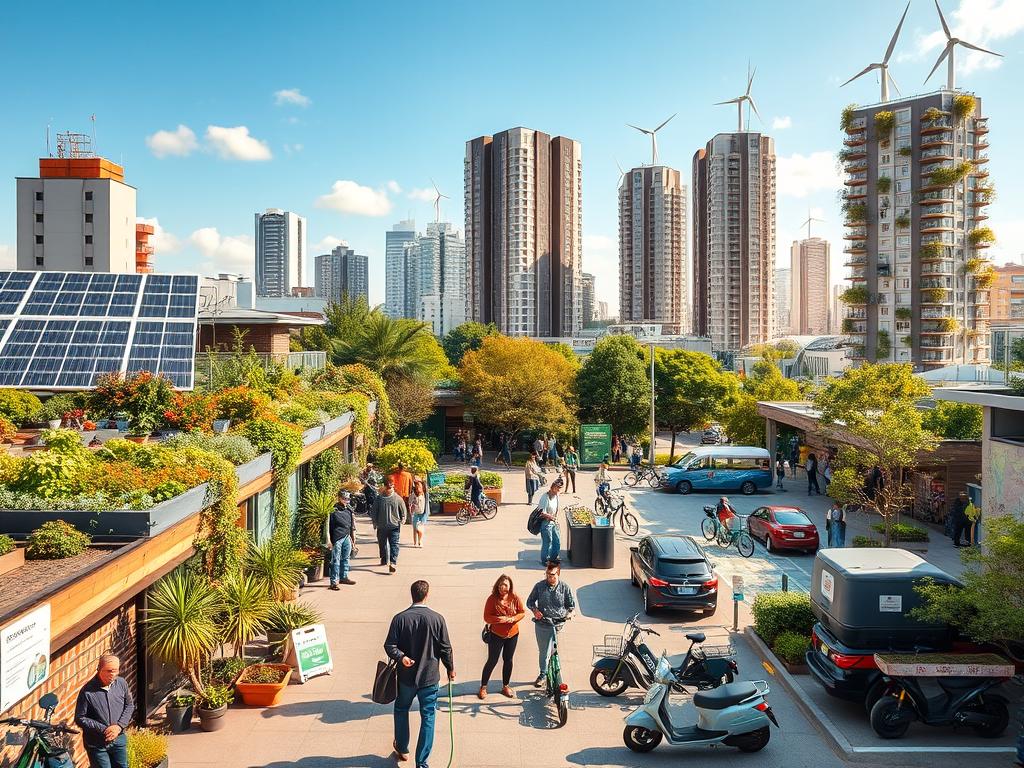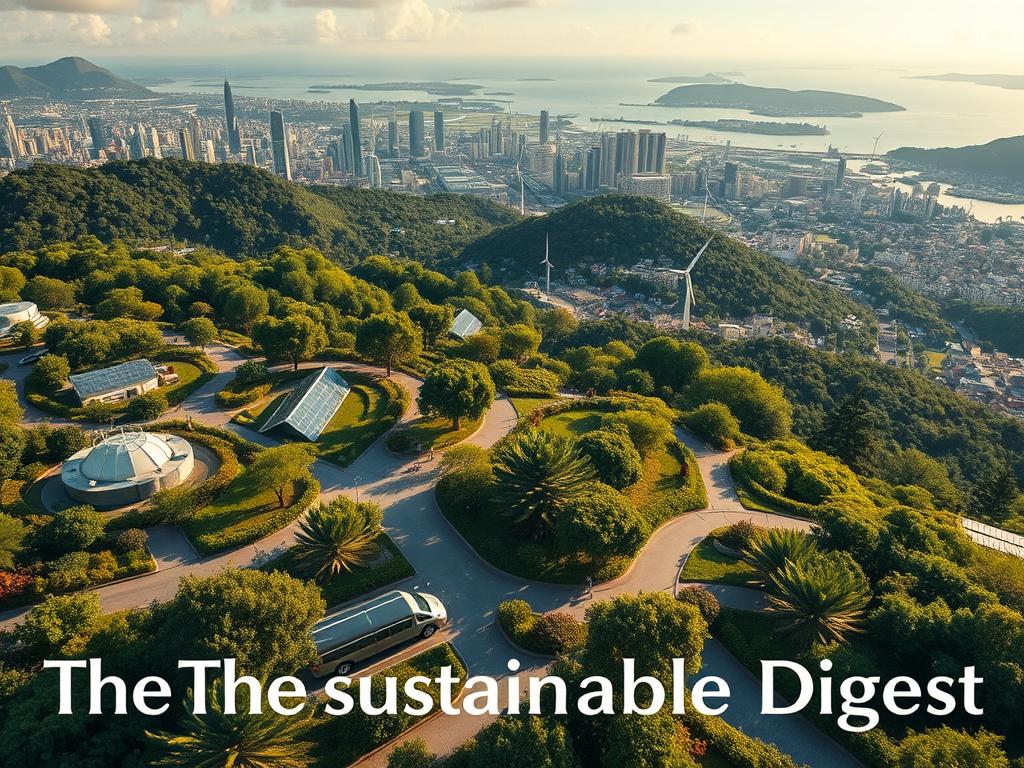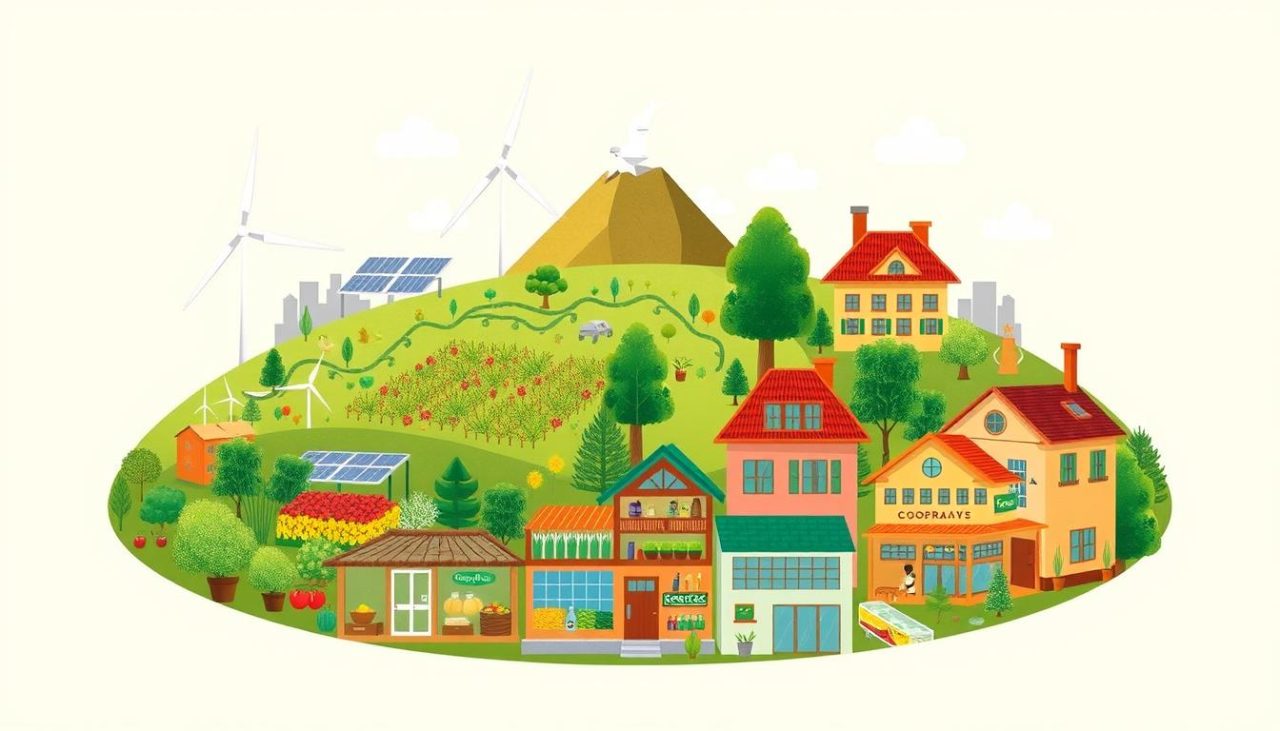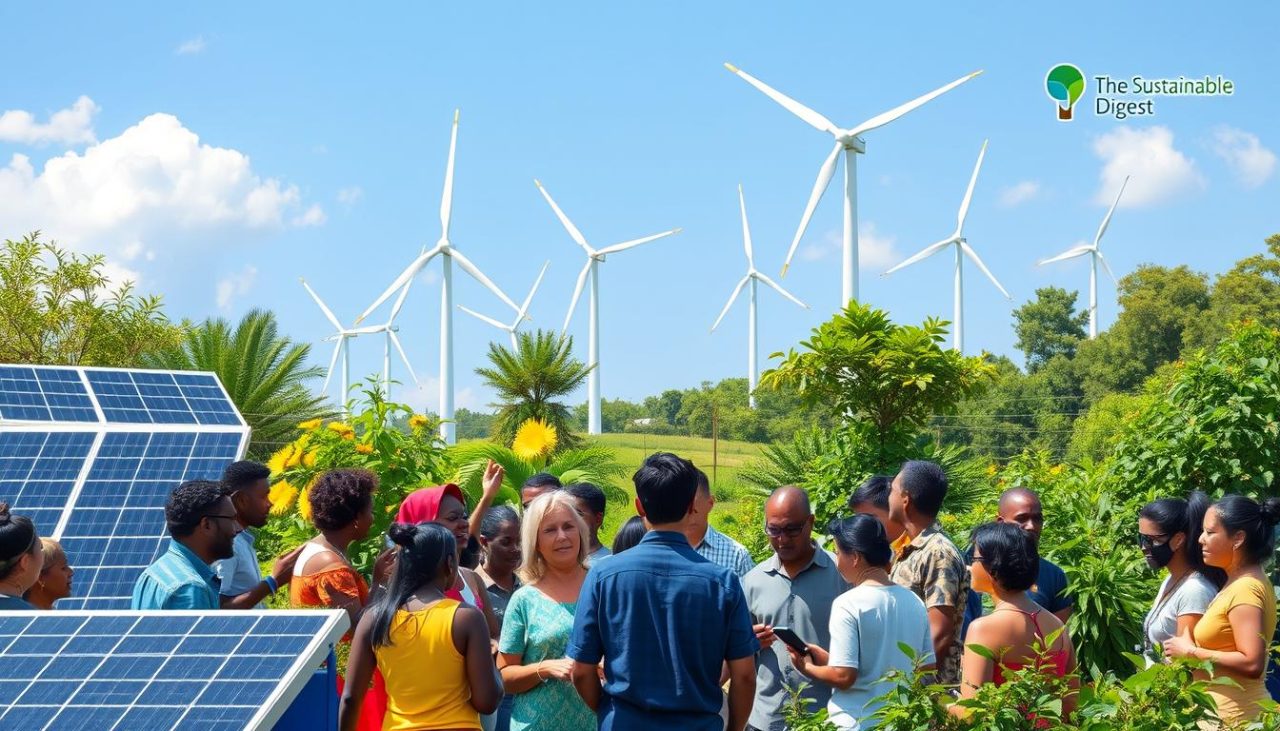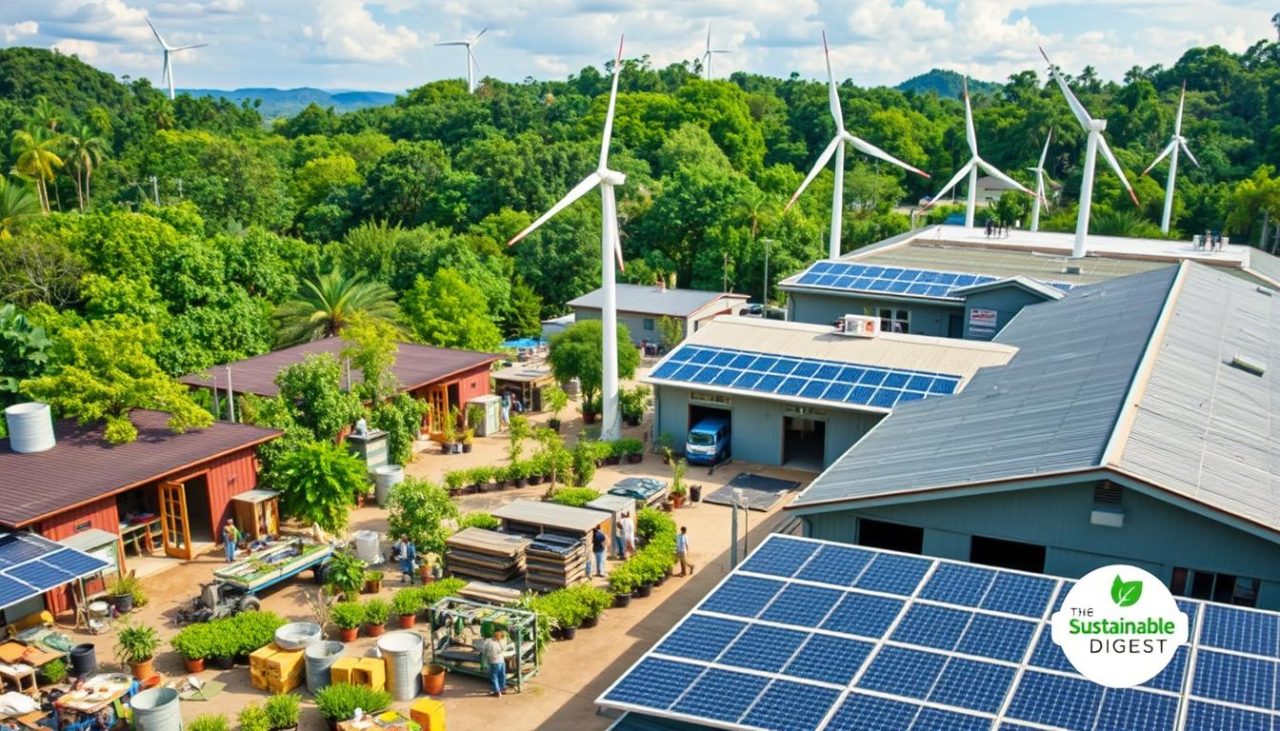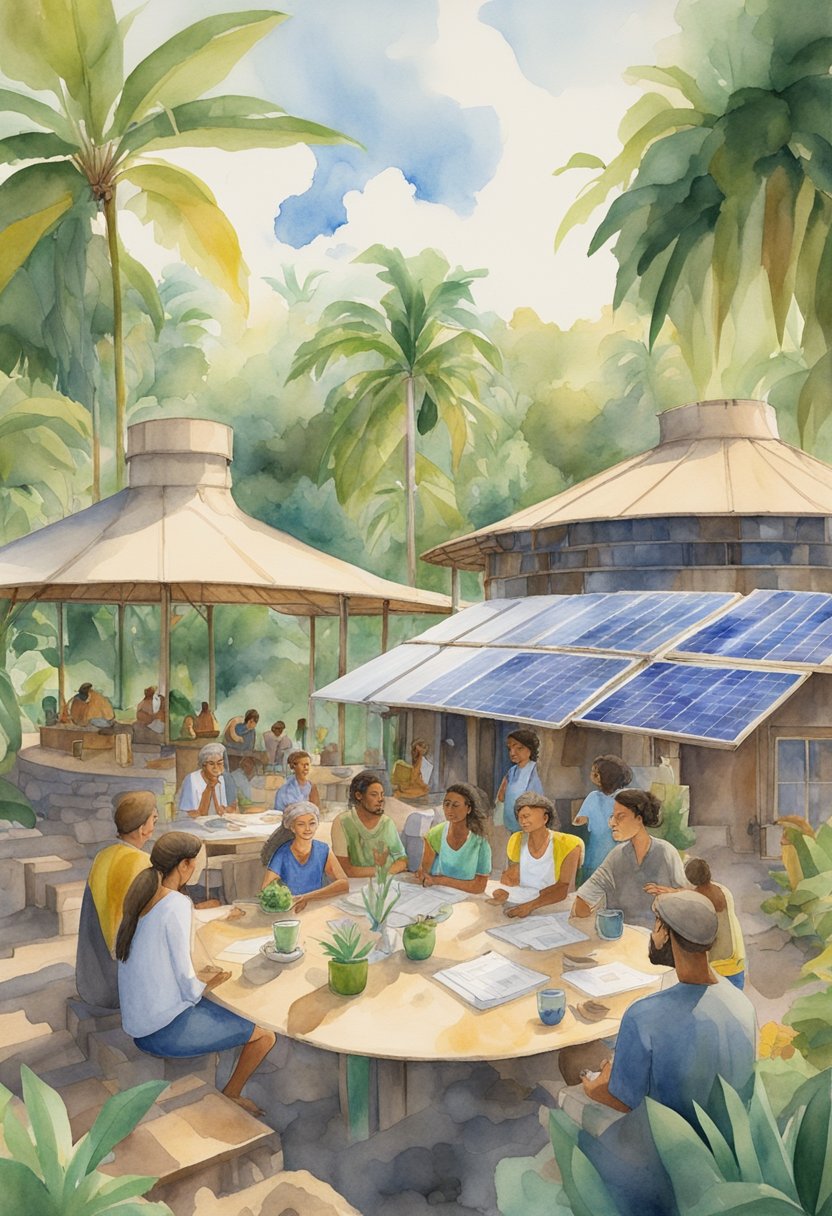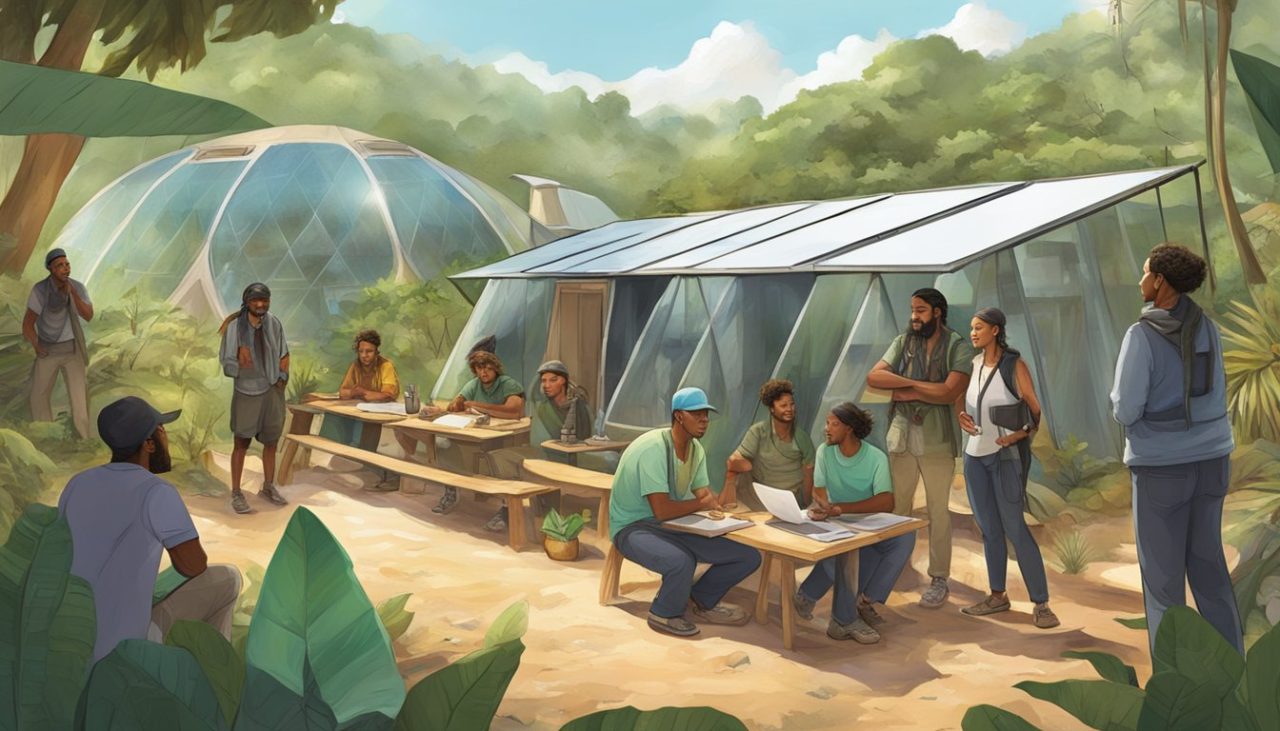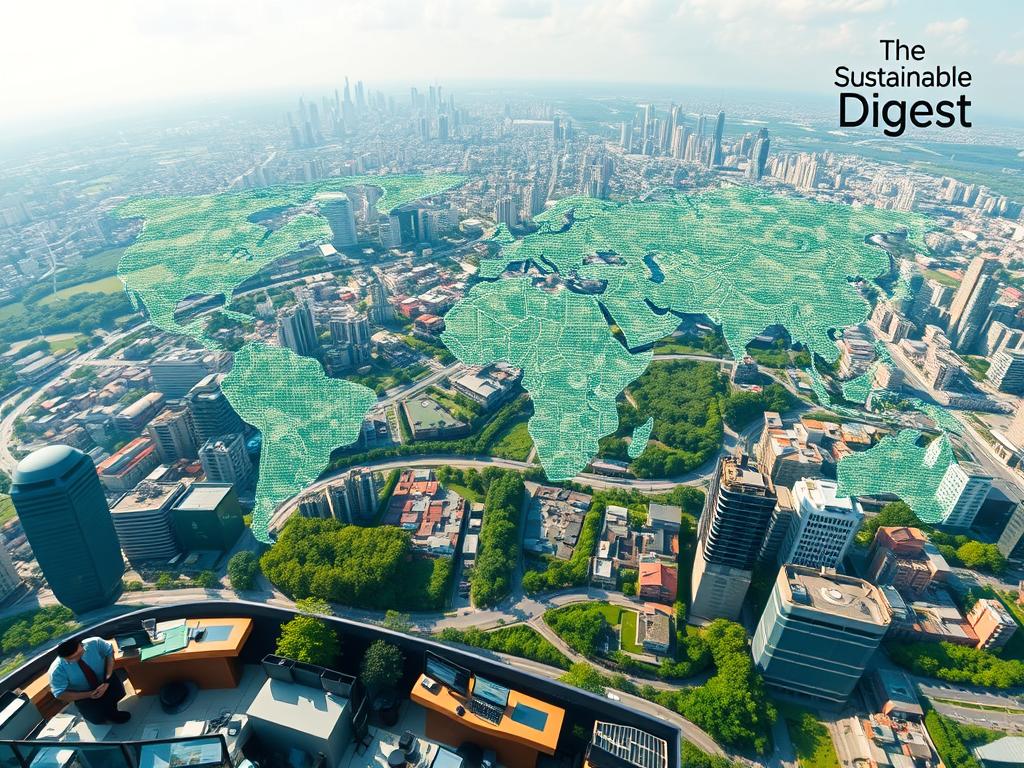
This Ultimate Guide frames how price signals, compliance schemes, voluntary credits, and renewables fit for U.S. decision-makers and international planners.
The landscape hit a record in 2022: revenues neared USD 100 billion and EU allowances reached €100. Yet most emissions still trade at modest levels; fewer than 5% face prices near the $50–$100/tCO2 range suggested for 2030.
Readers will get clear, practical steps on procurement choices—unbundled renewables, PPAs, and green tariffs—and guidance on integrity standards such as Core Carbon Principles and CORSIA. The piece contrasts direct instruments (tax and ETS) with hybrid standards and voluntary instruments that complement compliance systems.
Expect concise analysis of supply trends: renewables drove most credit issuance, nature-based registrations rose, and removals technology is growing under stricter quality screens. U.S.-specific notes touch on RGGI, SREC differences by state, and the federal solar ITC through 2032.

Carbon pricing at present: where markets, taxes, and credits stand now
Today’s price signals mix steady market gains with glaring coverage gaps that shape near-term decisions.
What a “price on carbon” means today for climate and energy decisions
A price on carbon is a monetary signal embedded in consumption and production choices; it nudges investment toward low-emitting assets and away from legacy polluters.
The tool works by raising the cost of emissions and making abatement economically visible. In 2022 revenues approached nearly USD 100 billion, while the EU ETS breached a symbolic €100 level — proof that robust signals can persist despite shocks.
Coverage versus price: why both matter for impact
Impact requires two levers: sufficient price levels to change marginal decisions, and broad coverage so a large share of emissions respond.
- About 23% of global emissions were under ETS or levy systems by April 2023.
- Fewer than 5% of ghg emissions faced direct prices in the $50–$100/tCO2 band, so many sectors remain exposed.
Markets and credits (compliance vs voluntary) both influence cost curves; only direct pricing enforces statutory abatement. Corporates should set internal price signals, align procurement, and rely on quality offsets to bridge near-term gaps. Solid data tracking is essential to forecast exposure and hedge procurement risks.
The pillars of pricing: carbon taxes, ETS, and hybrid systems

The policy toolkit breaks into three practical choices: a per‑unit levy, a capped allowance market, and hybrids that mix benchmarks with trading. Each design shapes incentives and risk differently for firms and regulators.
Carbon tax fundamentals and current ranges in practice
A tax sets a transparent per‑ton price on emissions (or fuel). It is easy to administer and makes revenue predictable; governments can return funds as dividends or cut other levies.
Examples include Singapore’s planned rise to about USD 38–60 from 2026 and Canada’s pathway toward roughly USD 127 by 2030. Higher‑income jurisdictions often reach prices above $50 per tonne; middle‑income ones pilot lower levels while building measurement systems.
Emissions Trading Systems: caps, allowances, and trading
ETS create a cap on total emissions; regulators issue allowances (EUAs, UKAs, NZUs, KAU) that firms buy, sell, or bank. The cap delivers quantity certainty while markets reveal marginal abatement costs.
Hybrid models: OBPS, EPS, and regional cap-and-trade like RGGI
Hybrids try to shield trade‑exposed sectors. Output‑based performance standards (OBPS) and emissions performance standards (EPS) set benchmarks instead of pure per‑unit charges.
- RGGI auctions allowances and directs proceeds to regional programs.
- Hybrids reduce leakage but add design complexity and reliance on strong MRV for compliance.
Global price signals and coverage by region, based on World Bank 2023
Regional price bands reveal as much about institutional capacity as they do about political will. As of April 2023, 73 instruments covered roughly 23% of emissions worldwide. Yet less than 5% of ghg emissions faced a high‑level signal in the $50–$100/tCO2 range.
High-income versus middle-income bands
High‑income jurisdictions often cluster above $50 per ton; the european union’s ETS even hit €100, reinforcing strong market responses and revenue recycling.
Middle‑income systems mostly price under $10. Exceptions—Beijing and Guangdong pilots, Mexico’s subnational measures, and Latvia’s tax—show how pilots build MRV and administrative muscle.
Why coverage matters as much as price
A high signal on a sliver of emissions is not the same as modest signals applied broadly. A $75/t signal on 5% of emissions underperforms a $25/t signal covering half the economy when the goal is near‑term structural change.
- Constraints: fossil fuel subsidies and energy volatility can blunt signals.
- Capacity: MRV and admin readiness are gating factors for expansion.
- Implication: closing the

Revenues from carbon pricing: record highs and how funds are used
Governments saw nearly USD 100 billion arrive from emissions-related instruments in 2022, shifting the budget conversation.
Most of that cash came from traded allowances rather than direct levies. About 69% of receipts were generated by ETS mechanisms, while roughly 31% came from tax-based schemes. The EU’s system alone produced about $42 billion in 2022 — nearly seven times its 2017 level — as auctioning replaced free allocation.
How countries recycle proceeds
Use of funds varies but trends are clear: roughly 46% of revenue is earmarked for targeted programs, 29% flows to general budgets, 10% serves as direct transfers (social cushioning), and 9% offsets other taxes.
| Revenue Source | Share (2022) | Main Uses |
|---|---|---|
| ETS (auctioning) | 69% | Clean energy, innovation, adaptation |
| Tax-based levies | 31% | Budget support, rebates, targeted transfers |
| EU auctioning | $42B | Market tightening, transition aid, R&D |

Policy implications
Predictable recycling improves public support and compliance. In the U.S., RGGI shows how reinvestment in efficiency and community programs builds durability.
Yet revenues remain price‑sensitive: allowance downturns or tax adjustments can cut fiscal inflows and weaken program credibility. Sound data tracking and transparent use of proceeds help stabilize expectations for investors and households alike.
Compliance markets around the world: EU ETS, China ETS, UK, K-ETS, NZ, Australia
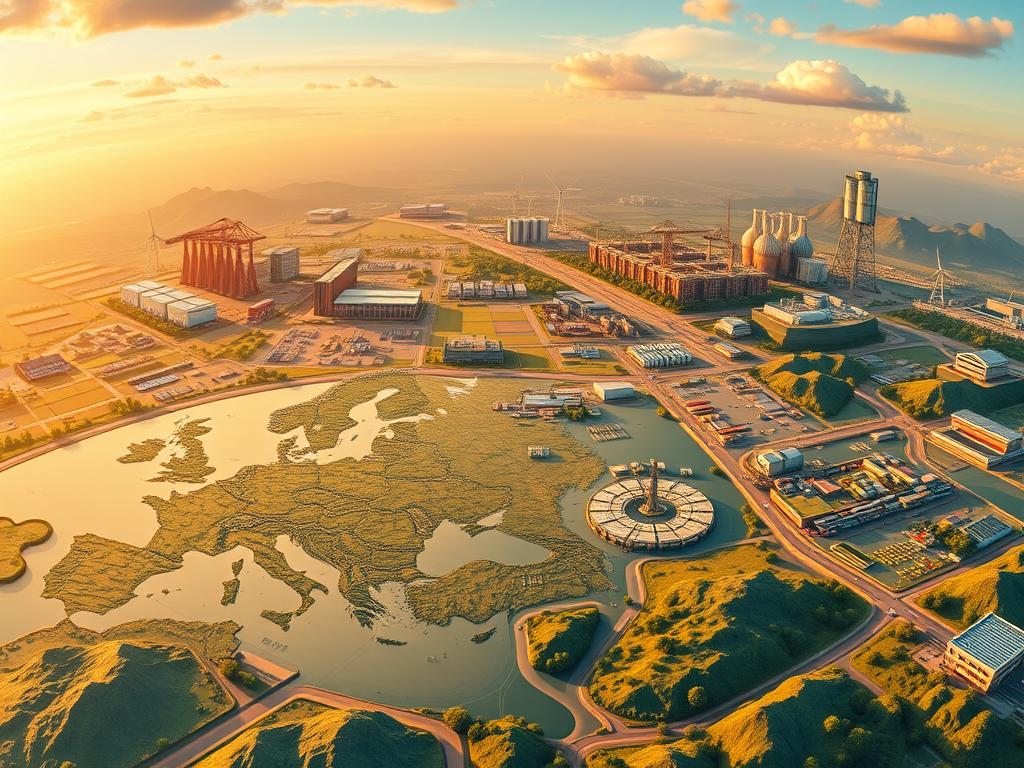
Compliance markets now form the backbone of many national climate strategies; each system creates unique signals for firms and regulators.
EU ETS and UK ETS: alignment, divergence, and EUA pricing dynamics
The european union’s ETS remains the largest by value and a global price benchmark. Its auction cadence and market design drive allowance liquidity and long-term expectations.
The UK launched an independent ETS in 2021. Designs share DNA, but governance differences have produced divergent EUA and UKA prices paths and trading patterns.
China’s power-sector ETS and expected sectoral expansion
China’s system started in 2021 and covers roughly 40% of national emissions through the power sector. Authorities plan phased expansion to steel, cement, and other heavy industries.
That expansion will reshape regional supply-demand dynamics and create larger cross-border hedging needs for firms exposed to Asian markets.
K-ETS, NZ ETS, and Australia’s ACCUs: coverage and policy evolution
South Korea’s K-ETS (2015) now covers about 75% of S1+S2 emissions and is in a liquidity-building phase.
New Zealand’s scheme covers more than half the national total; agricultural treatment remains an open policy frontier under review.
Australia relies on ACCUs as domestic offset-like units, with a cost-containment cap rising to AUD $75/tonne (CPI+2). These rules influence corporate hedging, procurement timing, and exposure across both allowances and offsets.

Voluntary carbon market and standardized contracts
A new set of futures—segmented by supply type and verification—lets buyers hedge quality risk ahead of delivery.
N-GEO: nature-based baskets
N-GEO packs verified AFOLU credits (Verra) into a tradable instrument. It aggregates forest and land‑use supply to smooth price swings and capture co‑benefits; buyers get bundled nature exposure with predictable forward quantities.
GEO: CORSIA-aligned aviation units
GEO mirrors ICAO CORSIA rules and draws from Verra, ACR, and CAR. That alignment tightens eligibility and raises baselines for aviation-grade integrity; it helps airlines meet offsets for international emissions while improving market trust.
C-GEO and Core Carbon Principles
C-GEO focuses on tech-based, non-AFOLU units that meet the Integrity Council’s CCPs. The CCPs set a quality floor—MRV rigor, permanence, governance—and narrow seller pools; the result is clearer pricing for high-integrity credits.
| Contract | Supply Type | Key Benefit |
|---|---|---|
| N-GEO | Nature-based (Verra) | Co-benefits; cheaper forward supply |
| GEO | CORSIA-eligible (Verra/ACR/CAR) | Aviation-grade acceptance; tighter eligibility |
| C-GEO | Tech removals (CCP-aligned) | Higher integrity; lower permanence risk |
Practical advice: blend N-GEO, GEO, and C-GEO to balance cost, quality, and forward certainty; use futures for trading and hedging. Note that some compliance regimes may recognize limited voluntary units under strict rules.
Projects and supply: renewable energy, nature-based solutions, and REDD+

Patterns of supply now show dominant renewable energy output alongside a surging nature-based pipeline.
Renewable energy projects accounted for roughly 55% of issued units in 2022 and about 52% of retirements; wind and solar led issuance while falling technology costs reduced additionality concerns for large installations.
That decline in cost suggests issuance from new renewable energy schemes may taper as grid parity widens; buyers should expect shifting supply mixes over multi-year horizons.
Nature-based supply and REDD+
Nature-based solutions made up about 54% of new registrations in 2022, driven by biodiversity and livelihoods co-benefits; avoided deforestation (REDD+) and improved forest management remain core AFOLU sources.
- REDD+ design focuses on avoided loss, leakage controls, and permanence buffers to manage long-term risk.
- Latin America—Brazil, Colombia, Chile—updated forestry rules in 2023, expanding pipelines and governance.
Risks persist: baseline integrity, permanence, and social safeguards determine investability and unit performance over time.
Buyer advice: match geography and methodology to claimed outcomes (avoided emissions vs removals); prefer blended portfolios and multi-year contracts to hedge supply and quality risk.
Renewable Energy Credits (RECs) and SRECs: how they work and how to buy
Renewable energy certificates certify one megawatt-hour of clean generation; they capture the attribute of green power, not the physical electron. Think of a serial-numbered proof of production.
The issuance process includes a unique registry serial, a generation timestamp, and a formal retirement step to prevent double counting. These tracked credits let buyers claim renewable energy use while grids mix electrons.
Procurement pathways
- Unbundled certificates deliver speed and flexibility; they are lowest-friction for offsetting consumption.
- PPAs provide additionality and long-term price certainty for a larger renewable energy project.
- Utility green tariffs and green pricing are simple on-ramps for organizations that prefer a managed offering.
- On-site self-generation produces SRECs or surplus certificates that can offset local loads or be sold into the market.
Prices and policy basics
SRECs—solar-specific certificates—vary widely by state, often ranging from about $10 to $400; some wind certificates trade as low as $1–$8. The U.S. federal solar investment tax credit (ITC) is 30% for systems installed through 2032, which affects payback and overall cost.
Practical buyer advice
Match vintage and geography to program rules and distribute purchases across sites for proportional coverage. For compliance users, ensure certificate attributes meet local requirements and that retirement is verifiable to avoid claims that conflict with emissions accounting.
RECs vs carbon credits: different instruments, different impacts

RECs and carbon credits play distinct roles in corporate climate strategy. One documents renewable electricity attributes in kWh; the other represents a tonne of avoided or removed CO2e.
Offsetting electricity (kWh) versus GHG mitigation (tCO2e)
Market-based Scope 2 accounting recognizes renewable energy certificates for electricity use. That helps firms claim green energy consumption without changing grid flows.
By contrast, a carbon credit quantifies a reduction or removal of carbon emissions. Those units address Scope 1 or Scope 3 exposures where allowed.
- Clarity: RECs = attribute per kWh; carbon credits = tonne-level mitigation.
- Accounting: use market-based certificates for electricity; apply high-quality offsets for residual emissions.
- Integrity: disclose boundaries, vintage, and methodology to avoid double claims.
Combine efficiency, on-site renewable energy, and then select verified credits for remaining emissions. Over-reliance on unbundled certificates can look cosmetic and risk reputation. A balanced portfolio gives both energy claims and real emissions results.
ESC and performance-based approaches: EPS, OBPS, and sector benchmarks
Where full economy-wide charges stall, performance approaches offer a pragmatic path for hard-to-abate industries. Canada’s OBPS taxes emissions above output-based benchmarks; the UK operates an EPS model; several U.S. states use similar standards.
How they work: intensity targets tie allowable pollution to production output. Facilities that beat the benchmark can earn tradable compliance units; those that lag must pay or purchase units to meet obligations.
Policy position: hybrids fill gaps where full caps or levies face political or administrative hurdles; they also reduce leakage risk for trade-exposed firms. Benchmarks often sit alongside an ets or free allocation, shaping who gets credits and who pays.
- Design note: benchmarks reward intensity improvements rather than absolute cuts.
- Market interaction: over-performance creates supply of compliance units that trade in secondary markets.
- Industry advice: audit baselines, plan capital upgrades, and register performance early to monetize gains where allowed.
For companies, the practical step is simple: measure ghg and output carefully, test upgrades against benchmarks, and treat these systems as another compliance channel in carbon risk planning.
Carbon storage and removals in markets: from nature to tech
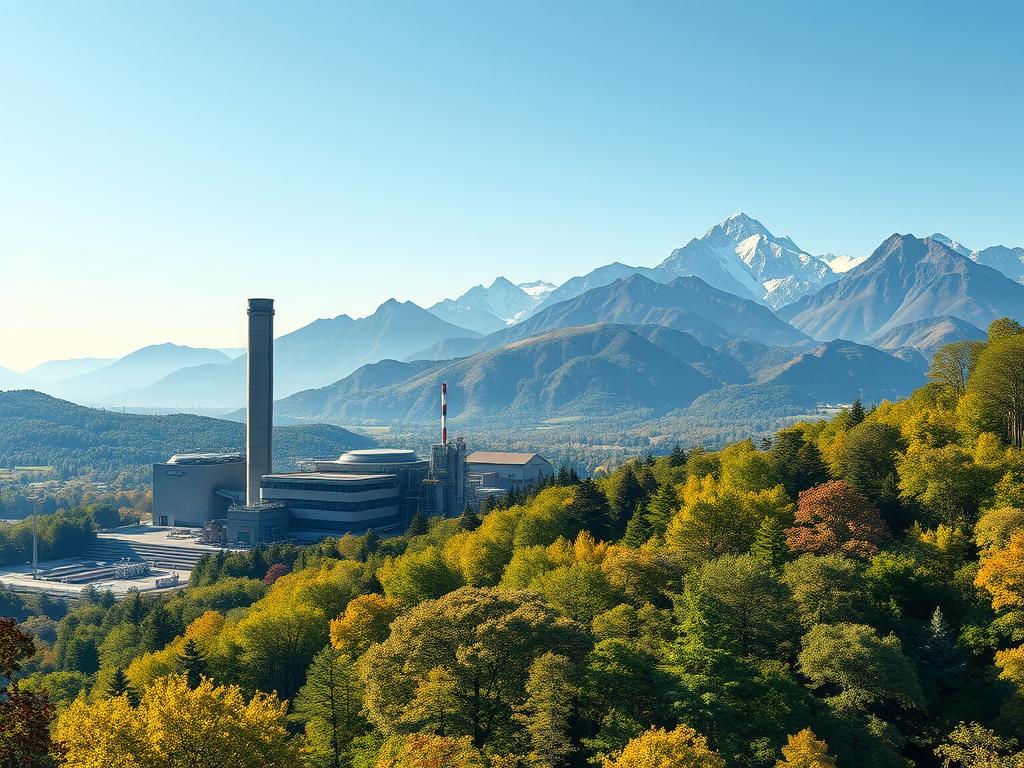
Not all removals are created equal; the market is learning to pay a premium for permanence. Nature-based options (afforestation, reforestation, improved forest management) supply broad volumes, while engineered solutions (DACCS, mineralization) deliver durability at higher cost.
Nature-based versus tech-based crediting
Removals remove CO2 from the atmosphere; avoided emissions prevent further releases. Markets now price that difference—true removals command higher rates because they reduce legacy concentration.
Permanence and risk differ sharply. Tech-based removals tend to offer stronger durability; nature-based supply needs buffers, monitoring, and active stewardship to manage reversal risk.
- Cost profile: tech = premium; nature = larger supply but integrity scrutiny.
- Procurement tip: match a carbon offset type to your claim—removal vs reduction—and budget limits.
- Standards matter: CCPs and CORSIA-style rules push clearer disclosure and better MRV.
Buyers should blend units: use nature for volume and tech removals to meet permanence needs and reputation goals.
Measuring your carbon footprint and using credits/RECs credibly

Accurate measurement and clear rules turn good intentions into credible climate claims. Start by defining boundaries for Scope 1, Scope 2 (location vs market-based), and Scope 3 so inventories reflect actual operational exposure.
Scopes, market-based accounting, and avoiding double counting
Market-based Scope 2 accounting recognizes renewable certificates; standardized registries use serial numbers and retirements to prevent duplicate claims. Voluntary retirement reached roughly 196 million units in 2022, showing market maturation.
Document contracts, attestations, and registry retirements clearly; auditors expect traceable records. This practice reduces reputational risk and improves compliance readiness.
Integrating efficiency, renewables, and high-quality offsets
Follow a hierarchy: improve efficiency first, then buy renewables through PPAs or on-site systems (the U.S. solar ITC offers a 30% incentive through 2032), and use high-quality credits only for truly residual emissions.
Practical tip: set an internal carbon price to steer capital and align procurement with expected external signals. Transparent reporting, registry exclusivity, and strong data governance keep claims defensible.
Global Carbon: pricing, taxes, crediting, projects, footprint, REC, ESC, storage

This section ties price signals, coverage regimes, and procurement tools into a compact playbook for decision-makers. It links major program examples—EU ETS at the €100 milestone, the UK ETS after Brexit, China’s power-sector ETS (~40% coverage), K-ETS (~75% of S1+S2), New Zealand’s economy-wide scheme, and Australia’s ACCUs cap (AUD 75, CPI+2)—to practical buying choices.
Key connections to remember:
- Compliance and voluntary domains interact; standards like CORSIA and CCPs raise the quality floor for credits.
- Procurement playbook: unbundled certificates, SRECs/on-site solar, long-term PPAs, green tariffs, and verified offsets or removals.
- VCM instruments (N-GEO, GEO, C-GEO) provide nature, aviation, and tech pathways for forward coverage.
Practical note: U.S. buyers should watch EU, UK, and China price signals as strategic indicators. A blended approach—using renewables for immediate claims and high-integrity credits for residual co2—keeps plans defensible and aligned with evolving market dynamics.
What U.S. buyers should know now: RGGI pathways, PPAs, and procurement strategy

For U.S. procurement teams, the key decision is balancing speed, certainty, and reputation when buying renewable energy and complementary credits. This choice affects exposure to allowance costs, wholesale prices, and compliance risk.
Choosing between unbundled certificates, on-site solar, and long-term PPAs
Unbundled certificates are fast and flexible; they suit near-term claims and short windows (21 months for some programs). On-site solar gives operational value and pairs with the 30% federal solar tax credit through 2032.
Long-term PPAs (10–20 years) add additionality and hedge against volatile wholesale prices; they also help finance large energy projects.
| Option | Speed | Additionality / Hedge | Typical Tenor |
|---|---|---|---|
| Unbundled certificates | Fast | Low additionality | Short (0–3 yrs) |
| On-site solar | Medium | Operational value; ITC benefit | Asset life (20+ yrs) |
| Long-term PPA | Slow | High; price hedge | 10–20 yrs |
Applying CORSIA-grade and nature-based credits in U.S. portfolios
Use GEO (CORSIA-grade) and N-GEO/C-GEO blends to cover residual emissions. Carbon credits that meet CCP standards improve quality signals and reduce reputational risk.
Note RGGI auctions can push allowance costs into retail rates; buyers should model that exposure and consider incentive programs, SREC variability by state, and PPA tenor when planning trade-offs.
Outlook to 2030: scaling prices, coverage, and integrity
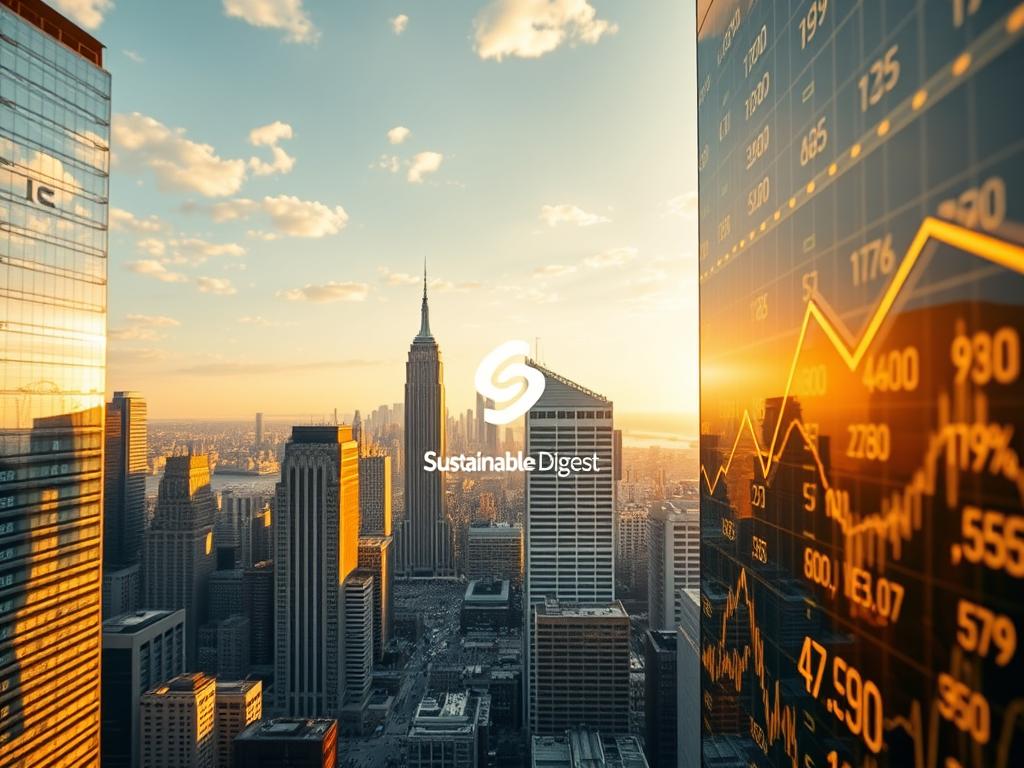
Expect stronger financial nudges over the next decade as regulators tighten limits and extend coverage into new sectors.
World Bank scenarios point to a $50–$100/tCO2 band by 2030 to align with temperature goals. Today, fewer than 5% of global emissions face that signal; roughly 73 instruments cover about 23% of emissions.
That gap means policy design will determine whether prices actually climb or merely ping regional markets. Key levers include tighter caps, reduced free allocation, escalator fees, and sector expansion into heavy industry and transport.
Implications for markets and supply
Expect three shifts: wider systems coverage, higher per‑ton values, and stronger integrity rules. The EU ETS milestones show how rapid tightening can lift market signals.
- Coverage: more jurisdictions will add or link trading systems and hybrid benchmarks.
- Integrity: CCPs and CORSIA-style norms will raise baselines, permanence, and transparency.
- Supply: AFOLU pipelines will mature while tech removals win a price premium for durability.
For U.S. buyers the practical steps are clear: set an internal price, lock long-term PPAs where possible, and pre-position for higher-quality offset supply to manage exposure and reputational risk.

Conclusion
Total conclusion of carbon and climate context
Policy signals, rising receipts, and stronger standards have nudged the market toward maturity; 2022 revenues neared USD 100 billion while voluntary retirements reached roughly 196 million units.
Coverage remains uneven: about 73 instruments now touch ~23% of global emissions, and fewer than 5% of emissions face the $50–$100 per‑ton band. Nature-based registrations supplied roughly 54% of new supply in recent years.
The practical playbook is unchanged: cut energy use first; deploy renewables and long-term contracts; then buy high-quality credits for residual emissions. Internal pricing, clear governance, and transparent claims will matter as signals tighten.
Integrity and scale must advance together; only that tandem will deliver durable change across the world in the coming years.

Key Takeaways
- 2022 revenues reached record levels while price exposure remains uneven across regions.
- Direct pricing (tax/ETS), performance standards, and voluntary credits play different roles.
- Renewable credits dominate supply; nature-based and tech removals are expanding.
- U.S. options include RGGI pathways, SREC variability, and the 30% solar ITC.
- Only a small share of emissions face near-$50–$100 prices today; scale and integrity are urgent for 2030.

